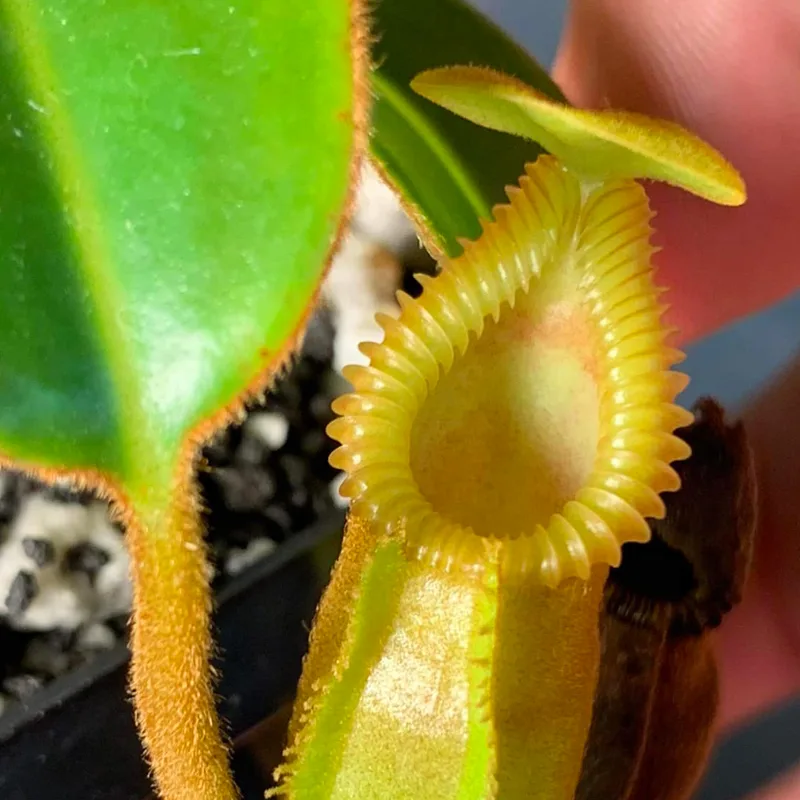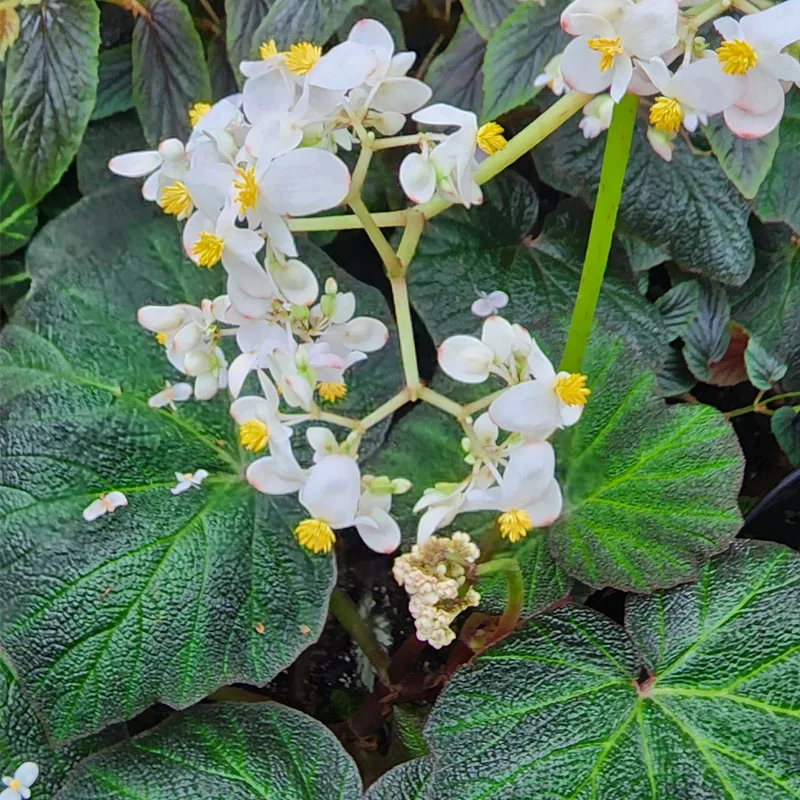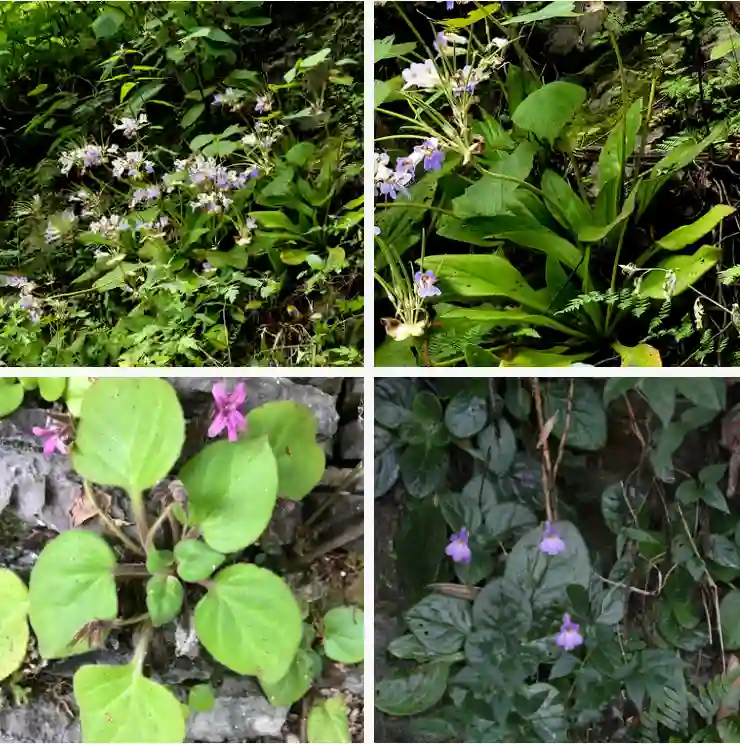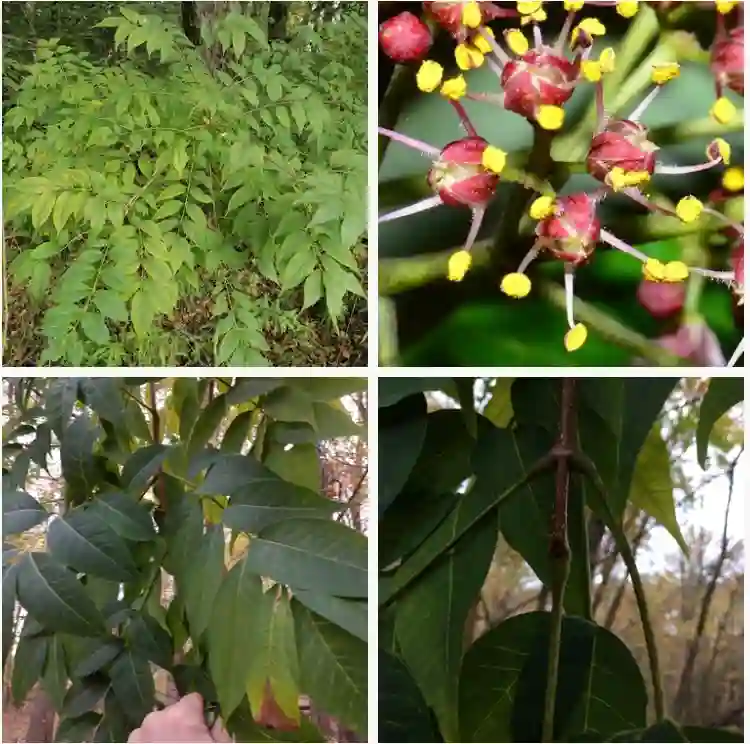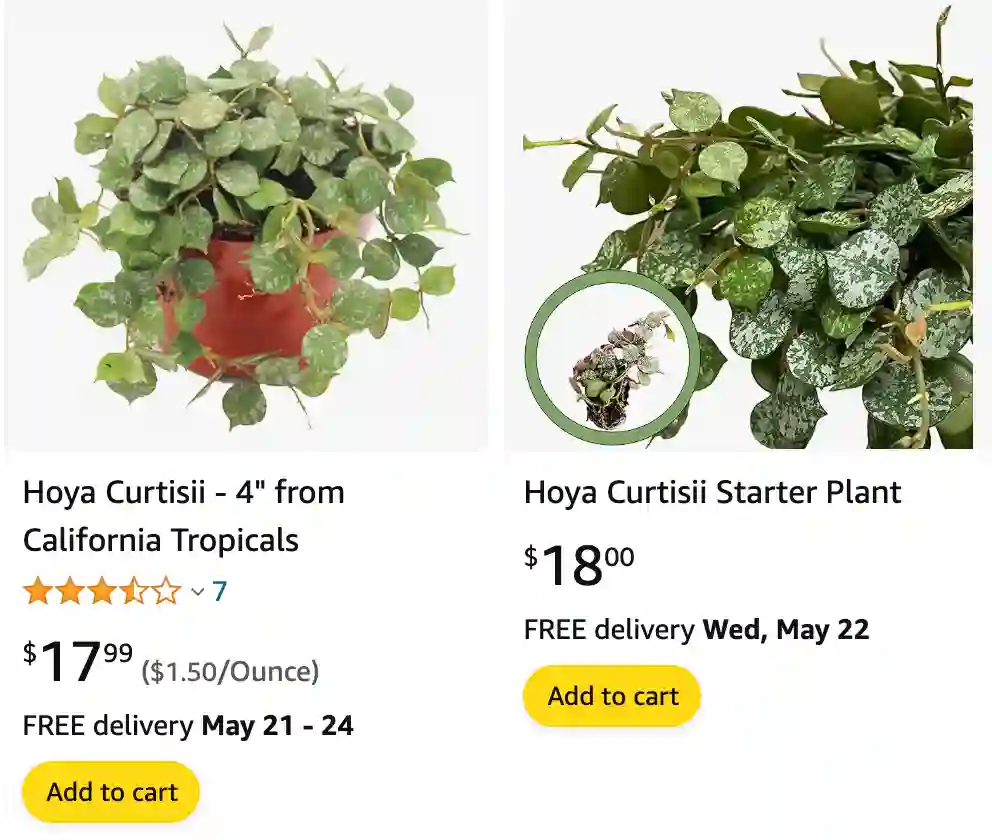
Hoya Curtisii vs Krohniana
My Hoya Curtisii is a real drama queen. It thrives in bright, indirect light and throws a tantrum if I forget to water it regularly. The leaves are these adorable, plump hearts that feel like little velvet cushions. It grows quickly and loves to climb, so I have it cascading down a moss pole. It hasn’t flowered for me yet, but I hear the blooms are like tiny porcelain stars.
Hoya Krohniana, on the other hand, seems much more chill. It tolerates lower light levels and doesn’t mind drying out a bit between waterings. The leaves are flatter and a little more pointed than the Curtisii’s hearts, and they have a beautiful, marbled variegation. It’s a slower grower than my Curtisii, but it seems happy sprawling out in a pot.
566 Species in Genus Hoya
Hoya Curtisii vs String of Hearts
My String of Hearts, well, it’s not actually a Hoya! It’s a Ceropegia woodii, and though they look similar, they have some key differences. The String of Hearts’ leaves are much thinner and more delicate than the Curtisii’s. They also have a more pronounced heart shape, with a cute little notch at the tip. This plant is a total drama queen too – it needs consistent moisture and hates anything but bright, indirect light. But when it’s happy, it grows like crazy, trailing out long vines dotted with these adorable heart-shaped leaves.
How to propagate Hoya curtisii?
Propagating Hoya curtisii is typically done through stem cuttings. Select a healthy stem with several nodes and cut it just below a leaf node using a clean, sharp knife or scissors. Remove any leaves from the lower portion of the cutting to expose nodes. Place the cutting in a well-draining potting mix or water, ensuring the nodes are submerged. Keep the cutting in a warm, bright location with indirect sunlight and mist regularly to maintain humidity. Roots should develop within a few weeks, at which point you can transplant the cutting into a pot with soil.
How to care for Hoya curtisii?
Caring for Hoya curtisii involves providing it with the right environment and attention to ensure its health and growth. Here’s a guide on how to care for this beautiful plant:
- Light: Hoya curtisii prefers bright, indirect light. Place it near a window where it can receive plenty of filtered sunlight throughout the day. Avoid direct sunlight, especially during the hottest parts of the day, as it can scorch the leaves.
- Temperature: Maintain a consistent temperature range for Hoya curtisii, ideally between 60°F to 80°F (15°C to 27°C). Protect it from drafts and sudden temperature fluctuations, as these can stress the plant.
- Watering: Water Hoya curtisii thoroughly when the top inch of the soil feels dry to the touch. Allow excess water to drain away freely, as Hoya plants are susceptible to root rot if they sit in waterlogged soil. In winter, reduce watering frequency to prevent overwatering during the plant’s dormant period.
- Humidity: Hoya curtisii appreciates moderate to high humidity levels. You can increase humidity by misting the leaves regularly, placing the plant on a humidity tray filled with water and pebbles, or using a room humidifier.
- Soil: Use a well-draining potting mix for Hoya curtisii, such as a blend of peat moss, perlite, and orchid bark or coconut coir. Ensure the pot has drainage holes to prevent waterlogging.
- Fertilizing: Feed Hoya curtisii with a balanced liquid fertilizer diluted to half strength every 4-6 weeks during the growing season (spring and summer). Avoid fertilizing during the winter months when growth slows down.
- Pruning: Prune Hoya curtisii to maintain its desired shape and size, as well as to remove any dead, yellowing, or leggy growth. Use clean, sharp scissors or pruning shears to make precise cuts.
- Support: Provide a trellis, moss pole, or other support structure for Hoya curtisii to climb and vine. This mimics its natural growth habit and encourages healthy growth.
- Repotting: Repot Hoya curtisii every 1-2 years or when it outgrows its current pot. Choose a slightly larger pot with fresh potting mix, and carefully transfer the plant, being mindful not to disturb the roots excessively.
- Pests and Diseases: Keep an eye out for common pests such as aphids, mealybugs, and spider mites, and treat them promptly if detected. Ensure good air circulation around the plant to prevent fungal diseases.
By following these care guidelines, you can help Hoya curtisii thrive and enjoy its beautiful foliage and occasional clusters of fragrant flowers.
Is Hoya curtisii rare?
Hoya curtisii is considered rare in cultivation compared to some other Hoya species. It’s sought after for its attractive foliage and delicate flowers, making it a prized addition to any collection.
Is Hoya curtisii toxic to cats?
Hoya curtisii is non-toxic to cats, dogs, and other pets, making it a safe choice for households with animals. However, ingestion may still cause mild gastrointestinal upset, so it’s best to keep pets away from the plant.
What do I fertilize/feed Hoya curtisii?
Feed Hoya curtisii sparingly during the growing season with a balanced liquid fertilizer diluted to half strength. Apply fertilizer every 4-6 weeks to avoid overfeeding, which can lead to salt buildup and root damage. Withhold fertilizer during the winter months when growth slows down.
What type of soil does Hoya curtisii like?
Hoya curtisii prefers a well-draining soil mix that retains some moisture but doesn’t become waterlogged. A mix of peat moss, perlite, and orchid bark or coconut coir works well. Alternatively, you can use a commercial potting mix formulated for epiphytic plants or succulents.
Why is my Hoya curtisii yellowing?
Yellowing leaves on Hoya curtisii can be caused by various factors, including overwatering, underwatering, poor soil drainage, inadequate light, or pests. Assess the growing conditions and adjust watering, lighting, and humidity levels accordingly. Trim off any yellow or dead leaves to encourage new growth. If pests are present, treat the plant with insecticidal soap or neem oil according to the manufacturer’s instructions.
If i die, water my plants!
